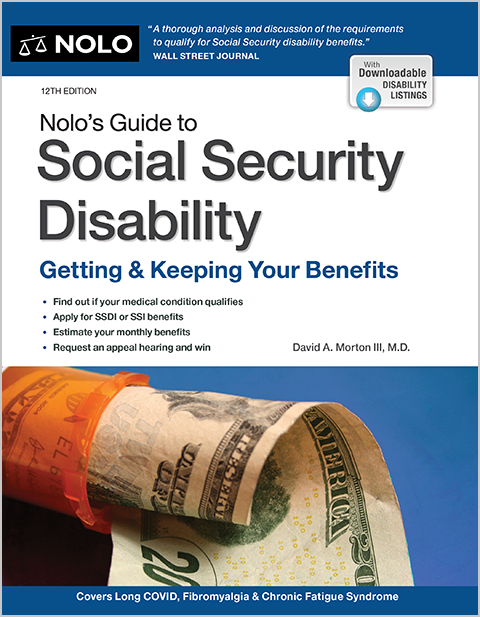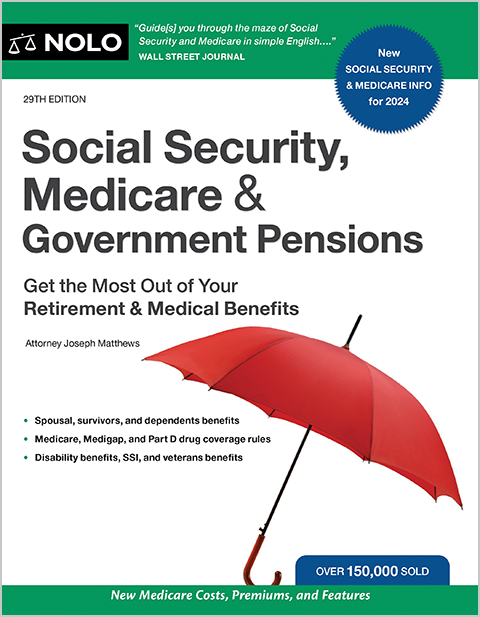Learn about driving provisions, license renewals, and special programs focused on keeping Ohio's older drivers and roadways safe.
Ohio's senior population is growing—projected to exceed 20% of the state's population by 2030—and along with it, the number of older drivers is increasing. Unfortunately, the number of serious accidents involving older drivers is also on the rise.
The Ohio Highway Patrol reports that in 2024, older age (55 and up) was the most common factor in crashes in the state, outpacing factors like alcohol, speed, and teen drivers. And in Ohio, the number of traffic fatalities involving drivers over 65 rose from 15% in 2014 to nearly 25% in 2023.
Most rules and regulations enforced by the Ohio Bureau of Motor Vehicles (BMV) apply to drivers of all ages and stages. The state has very few special rules for drivers based on age alone.
But Ohio has supports and legal controls in place aimed at keeping unsafe drivers off the roads. And the Ohio Department of Transportation (DOT) offers specific resources to help seniors drive safely.
Some protocols discussed here, such as renewal timelines, procedures for reporting unsafe drivers, and how to get a disability parking plate or placard, are especially relevant for older drivers navigating Ohio's licensing system.
License Renewal Rules in Ohio
As people age, changes in vision, physical and mental abilities, health conditions, and medications can affect their ability to drive safely. While Ohio doesn't impose special renewal procedures based solely on age, the state limits how long a license lasts for drivers 65 and older.
How Often Must Older Drivers Renew Their Ohio Licenses?
Most Ohio drivers 21 and older can renew their licenses every 4 years or 8 years, depending on their preferences. But drivers 65 and older aren't eligible for 8-year licenses and must renew every 4 years. (Ohio Rev. Code § 4507.09.)
Can Seniors Renew Driver's Licenses Online in Ohio?
Regardless of your age, if your license is current or expired for less than six months, you can renew in one of two ways:
- in person at any BMV deputy registrar license agency, or
- remotely using the BMV's online services.
If your license has expired for more than six months, you must get a temporary driving permit and pass the written and driving exams again before the BMV will issue a new driver's license.
Do Ohio Seniors Need to Take a Vision Test at License Renewal?
Ohio requires you to pass a vision screening when you renew your driver's license in person at a deputy registrar's office. BMV personnel will conduct a test for free, with and without corrective lenses. (Ohio Rev. Code § 4507.12.)
If you meet the state's vision standard but can't pass the BMV screening, you can submit results from an eye exam by an optometrist or ophthalmologist when you renew your license. To be accepted, the vision test must have been completed within the past 90 days.
Do Older Ohio Drivers Have to Retake the Written or Skills Tests?
Generally, as long as you renew it within six months of expiration, you don't have to take a written or driving test to renew an Ohio driver's license. But you might have to pass a driving test if the BMV has reason to believe you're unable to drive safely for medical reasons. (Ohio Rev. Code § 4507.20.)
How to Request an Unsafe Driver Investigation in Ohio
The Ohio BMV investigates reports of unsafe drivers, as long as they're based on a medical condition and not on the driver's age. Any concerned citizen can submit an investigation request, such as a:
- relative
- friend, or
- neighbor.
Such a request must be in writing and must include the concerned party's:
- full name
- address
- phone number, and
- signature.
When the BMV receives a request, it must investigate to determine if there's sufficient cause to require a medical statement and/or driver's license examination. Under Ohio law, the driver must be told who made the request. Concerned citizens can't submit a report anonymously.
You can fax a request to have a driver recertified for driving privileges to 614-752-7271, Attention: Medical Unit, or email it to [email protected]. You can also mail a written request to:
Ohio Bureau of Motor Vehicles
Attention: Driver License Special Case Section/Medical Unit
P.O. Box 16784
Columbus, Ohio 43216
The Ohio BMV also accepts driver recertification requests from:
- law enforcement agencies
- the courts, and
- health care providers, including doctors, nurse practitioners, and physician assistants.
Any request from a law enforcement agency or court must be based on some personal observation of the subject's driving or personal contact with the driver. Only requests coming from health care providers are kept confidential from the driver.
How to Get a Driver's License Medical Restriction Card in Ohio
If you have a medical or vision condition that could affect your driving, you might need to carry a two-part driver's license that includes:
- your regular driver's license, and
- a medical restriction card.
The driver will receive an Exam Station Request for Statement of Physician from the BMV 45-60 days before the driver's requirement is due. The driver must have a doctor complete and sign the form and must then return it to the BMV.
You must renew an Ohio driver's license restricted for medical reasons every six months. (Ohio Rev. Code § 4507.08(D)(3).)
How to Get a License Reinstated
For information on how to get back a license that has been suspended or revoked in Ohio, contact the BMV by phone at 614-644-6268 or online via chat or email. If the license was suspended for medical reasons, the suspension will continue until the BMV receives an acceptable Form BMV 2310 Request for Statement of Physician, or until the driver passes all necessary tests.
How to Get Parking Placards or License Plates for a Disabled Driver
Disabled person parking placards and license plates (called "accessible" plates and placards in Ohio) allow drivers with disabilities and those transporting people with mobility issues to park in spaces marked as accessible parking.
Who Qualifies for an Accessible Parking Placard or Plate in Ohio?
The Ohio BMV will issue accessible parking placards and license plates to drivers with impaired mobility if a licensed medical practitioner certifies the condition. Accessible parking placards and plates are available for those who:
- can't walk 200 feet without stopping to rest
- must use a wheelchair for mobility
- can't walk without the use of or help from a brace, crutch, prosthetic, or another assistive device
- are severely restricted by lung disease
- use portable oxygen
- have a severe cardiac condition, or
- have an arthritic, neurological, or orthopedic condition that severely limits walking ability.
Non-drivers who meet the above criteria or who are blind or severely visually impaired can also get accessible parking placards and license plates. Accessible plates are also available for vehicles altered to accommodate people with disabilities and organizations that transport people with mobility impairments.
How Do You Apply for a Disabled Parking Permit in Ohio?
The BMV issues permanent parking placards and temporary placards, which are valid for six months. To get either disability placard, you must:
- complete and sign an Application for a Removable Disability Placard (Form BMV 4826)
- submit a written prescription from a licensed physician, physician's assistant, advanced practice nurse, or chiropractor, and
- pay a fee of $5.00 for a temporary (six-month) placard or $15 for a permanent placard.
To get an accessible parking license plate, you must submit a Health Care Provider Certification of Eligibility for Disability License Plates (Form BMV 4834) completed and signed by your healthcare provider.
If you have questions about your eligibility or the application process, call the BMV toll-free at 844-644-6268.
Learn More About Ohio Driving Rules
The BMV website has a wealth of information for Ohio drivers, including licensing and vehicle registration requirements. Of special interest is the Ohio Driver's Manual online, which you can read in your browser. It's also available as a downloadable PDF in English (including large print) or three other languages, or as an audiobook.
Talk to a Lawyer
Need a lawyer? Start here.
How it Works
- Briefly tell us about your case
- Provide your contact information
- Choose attorneys to contact you
- Briefly tell us about your case
- Provide your contact information
- Choose attorneys to contact you


